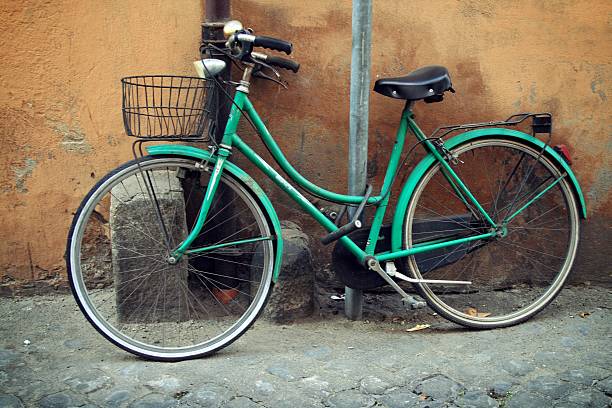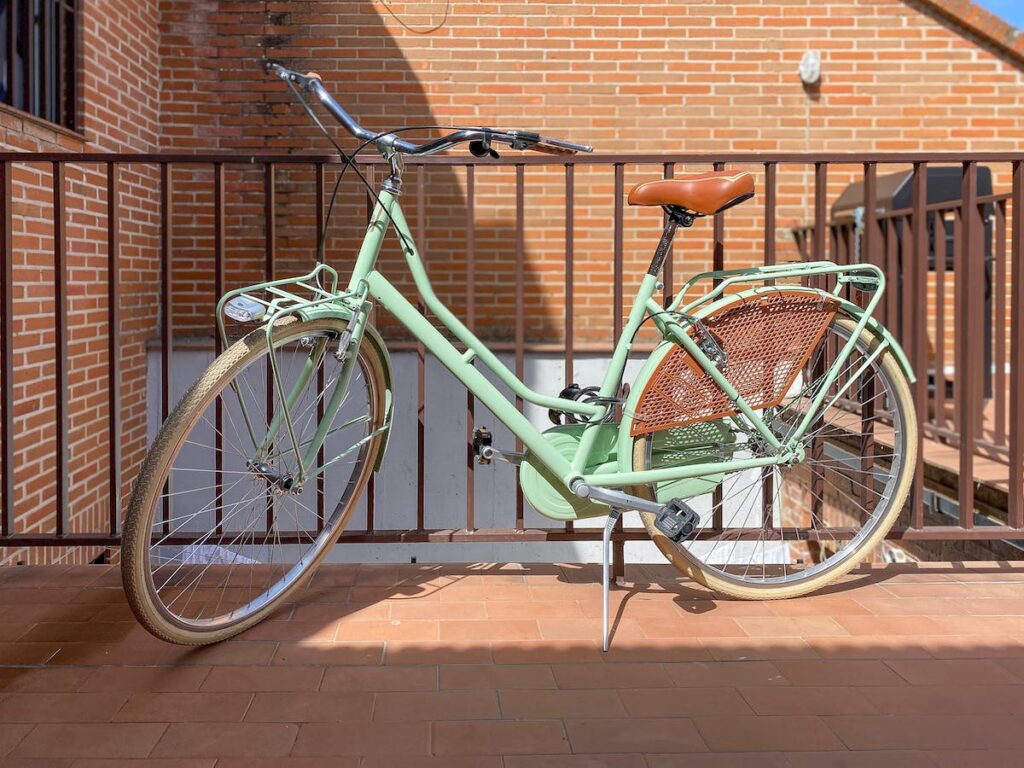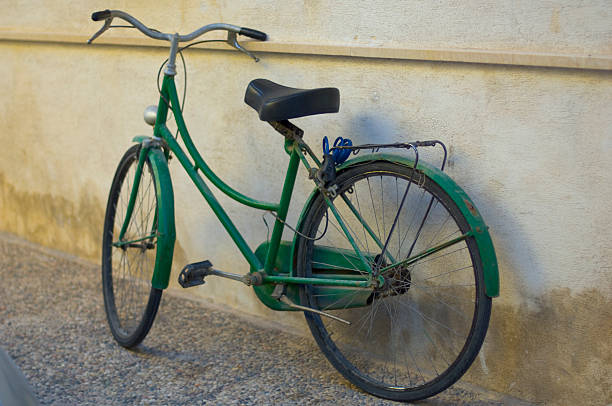Your riding comfort and efficiency can be significantly enhanced by selecting the ideal bicycle seatpost. They all appear to be doing the same thing and have a similar appearance, yet if you look closely, you can spot many small variances. We typically pay relatively little attention to seat posts, but they might have an unexpected impact on ride comfort.
Here are some factors to consider when selecting a Seatpost:
1. Material:

A range of materials, such as steel, titanium, carbon fiber, and aluminum, can be used to create seatposts. The quality of the construction is important for comfort. You can pick from three different materials: alloy, titanium, and carbon.
Alloy posts are inexpensive, simple to install, and maintain, but they can have a rough ride.
Although titanium posts are pricey, they are light and provide a gentler ride.
Carbon posts help smooth the ride in addition to being lighter. The disadvantage is that they frequently cost more, and installation requires more care.
Any material you choose should be installed into the frame with the proper lubricant because each one needs a different paste to assist prevent seizing and damage.
Every kind of material has advantages and disadvantages of its own, so think about what matters to you the most, such as weight, durability, or cost.
2. Diameter:

The size of the seatpost you require depends on the diameter of your seat tube. The diameter of the seat post is a significant issue. This needs to be an exact match for the internal diameter of your frame’s seat tube. Most contemporary seat posts are 27.2mm, 30.9mm, or 31.6mm wide; the latter is frequently referred to as large.
Although they are becoming less common, older frames may have somewhat smaller diameters (for example, 26.8mm).
The ride becomes more rigid as the post becomes wider. While more comfort-focused frames feature a post that is 27.2mm instead of 31.6mm, many race frames have the latter. In an effort to alleviate the feel of the back end, some race frames also feature posts with a 27.2mm diameter.
Because most seatposts come in standard sizes, you should make sure to measure your seat tube before making a purchase.
3. Length:

Consider your riding preferences and style when choosing the length of your seatpost. Ensure that the seatpost length you have is appropriate for your needs. Measure the amount of post that is visible (plus the minimum amount of insertion that must be in the seat tube) before making a purchase since seatposts come in a variety of lengths between 280mm and 400mm. Measure your old post if you’re unsure.
No matter what length you decide on, keep in mind that you shouldn’t go above the post’s specified minimum insertion length. If your present post is close to the minimum insertion mark, increase up a size because there isn’t much of a weight penalty and it’s more safer!
While a shorter seatpost could be preferable for more aggressive riding positions, a longer one can allow you more flexibility when adjusting the saddle height.
4. Suspension:

On bumpy, rooty highways or singletrack, bike suspension improves control, traction, and comfort. It is just one of many elements that go into how much fun you have while riding.
Some seatposts include built-in suspension to reduce vibrations and shock when riding. This may be particularly useful for off-road cycling or protracted rides through difficult terrain.
5. Layback:

The amount of layback, or the distance between the middle of the saddle rail cradle and the center of the post, can significantly impact reach and comfort.
A seatpost shaft can be either inline (straight, without any kinks or bends) or layback (with a shallow-angled curve towards the top of the shaft that moves the saddles a little bit farther back compared to an inline post). Riders who find they cannot reach their ideal seating or saddle position with an inline post may discover that a layback post puts them in the position they desire.
6. Weight limit:

If you are a bigger rider or intend to haul heavy things on your bike, be sure to check the weight limit of the seatpost you are contemplating. It commonly weights 200 grams, or little more than 7 ounces. It is produced in a setback form and a straight version, is available in a variety of colors, and may have the broadest range of diameters and lengths.
7. Brand and reviews:

If you want to buy a specific brand of seat post, brand and reviews will provide you a wealth of knowledge about that brand. To determine whether the seatpost you are contemplating is reputable and trustworthy, do some research on the brand and read reviews from other riders.
Conclusion:
The ideal seatpost for you will ultimately depend on your unique requirements and preferences. Think over the aforementioned elements and spend some time trying out several possibilities to locate the one that feels the most comfortable to you. Happy cycling!

